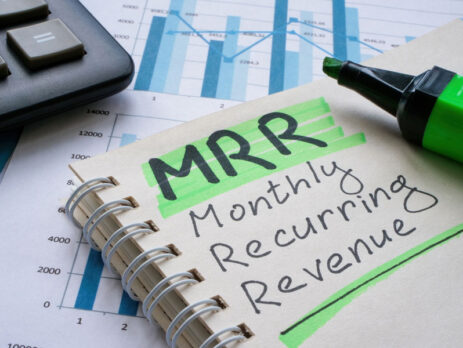The Recurring Revenue Bump
Last month, Darden, the owner of the Olive Garden restaurant chain, announced it was acquiring Ruth’s Chris, the legendary American steakhouse, for $715 million, implying a valuation of around one times last year’s annual revenue, or about ten times their adjusted EBITDA for 2022.
Not bad for a giant company, but Ruth’s Chris’s value was likely hindered by its lack of recurring revenue.
Comparing Ruth’s Chris to another traditional business with recurring revenue demonstrates the power of automatic customers. For instance, Waste Management, a private garbage collection company that disposes of trash for clients through long-term contracts, trades at over three times its annual revenue.
Two companies in traditional industries, having nothing to do with software, yet one trades at one times revenue while the other fetches three.
Recurring Revenue: Not Just for Software Companies Anymore
Many people consider recurring revenue to be exclusive to software companies, but traditional businesses can also reap the benefits of creating recurring income streams. For example, let’s look at Gamal Codner, the founder of Fresh Heritage, a line of men’s grooming products that began with beard oil for softening facial hair prior to shaving.
Codner used Facebook ads to acquire customers at a cost of around $15 each. However, with an average order value of $30, there was little margin left to support his expanding operation. Recognizing the need for change, Codner decided to broaden his product line by introducing additional grooming offerings and launching the VIP Club, a subscription program for men wanting automatic shipments of Fresh Heritage products.
A Subscription Program That Goes Beyond Just Discounts
Codner conducted an in-depth survey among approximately 500 customers and made an intriguing discovery. He found that his target customers were less captivated by discounts and more attracted to the empowering notion of being an alpha male in their respective fields. The insightful results from this survey perfectly aligned with Fresh Heritage’s inherent goal of building a distinct brand that appealed specifically to growth-oriented men, those that were keenly focused on boosting their self-confidence.
Subsequently, to incentivize men to join the VIP program, Gamal moved beyond merely offering financial incentives such as discounts. He strategically created a sense of community and belonging by emphasizing membership in a group of like-minded individuals, all striving for personal excellence. To nurture this sense of community, Gamal established quarterly local area meetups, providing valuable opportunities for members to network and share experiences. These empowering gatherings soon evolved into a significant driving force, steering new customers toward the experience offered by Fresh Heritage’s VIP program.
Converting Customers into Subscribers
Gamal continued to acquire customers through Facebook advertising, and instead of relying on one-time purchases, he successfully converted them into subscribers, significantly increasing their lifetime value. The average order value also surged to over $60, and with the subscription program expanding to 3,000 members, Codner’s EBITDA margin grew to 40%.
That got the attention of BRANDED, an aggregator of digitally native, direct-to-consumer brands that made Gamal an acquisition offer he couldn’t refuse in 2022.
Recurring revenue will make your business more valuable. As the example of Fresh Heritage demonstrates, you don’t have to be in the software business to create an annuity stream. Find out what your customers crave on an ongoing basis, and you will have the raw material for a subscription offering.

